导体铝简介
尽管铜和银等材料在导电领域长期占据主导地位,但导体铝已成为许多电气应用的实用替代品。我们将探究导体铝的特性,以弄清它为何是一种良好的导体铝。我们将深入探讨导体铝的导电性、经济性、抗腐蚀性、热性能、环境因素、应用以及遇到的困难。本文结束时,您将明白为什么铝已成为众所周知的优秀导体材料。
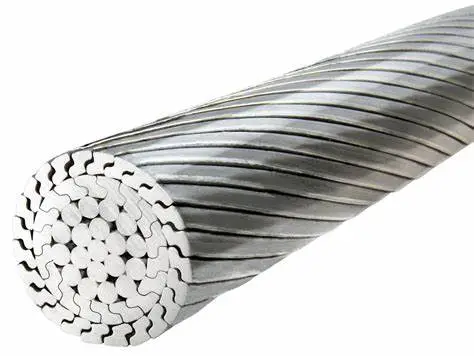
的特性 指挥 铝质
铝是一种轻质金属,具有出色的物理和化学特性。它的密度低,因此比最常用的导体之一铜还要轻。虽然导体铝重量轻,但却具有良好的导电性,因此是导电的理想选择。此外,导体铝还具有极佳的延展性和延展性,使其可以很容易地塑造和形成多种导体结构。
电导率 指挥 铝质
在讨论导体铝时,需要考虑的一个重要方面是其导电性。虽然铝导体的导电率低于铜或银,但仍足以满足许多电气应用的需要。事实上,导体铝的导电率约为铜的 61%。这意味着需要更大的铝横截面积才能达到与铜相同的导电率。不过,由于铝的重量较轻,在某些情况下,它仍能提供成本和性能优势。
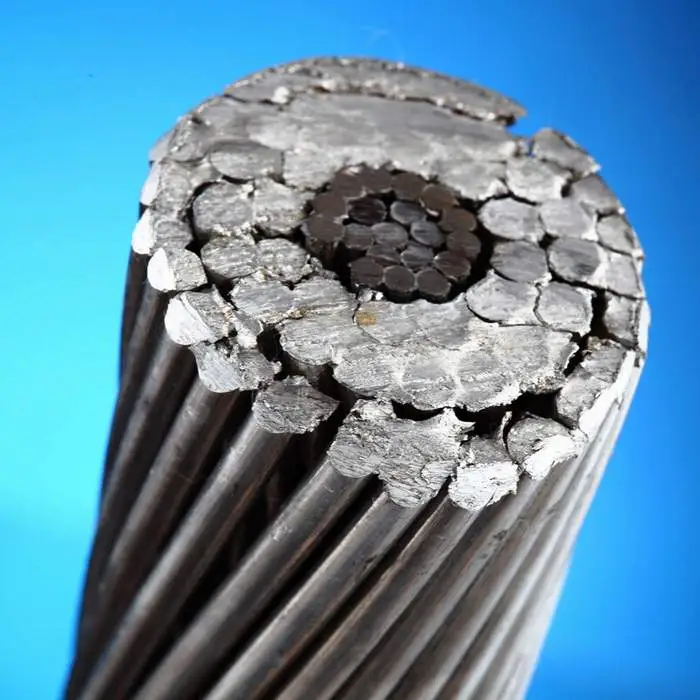
成本效益 导体铝
与铜导体相比,铝导体以其成本效益著称。铝的供应量很大,因此价格低于铜。由于铝导体的成本较低,因此在大型电气项目中可以大大节省成本,因为材料成本可能是一个重要因素。此外,铝导体由于重量较轻,对配套基础设施的要求较低,从而降低了安装和维护成本。
耐腐蚀性 导体铝
铝的表面会自然形成一层薄薄的氧化层,具有固有的耐腐蚀性。氧化层保护导体铝免受环境因素(如湿气和氧气)的腐蚀。相比之下,铜则需要额外的涂层或绝缘层来防止腐蚀。在沿海或潮湿的环境中,铝导体尤其具有优势,因为在这些环境中,腐蚀是一个重要的问题,因此铝导体是一种可靠耐用的选择。导体 3000 系列防锈铝合金 值得一提的是3000 系列铝合金包括 3003 铝合金3004 铝合金、3005 铝合金等。
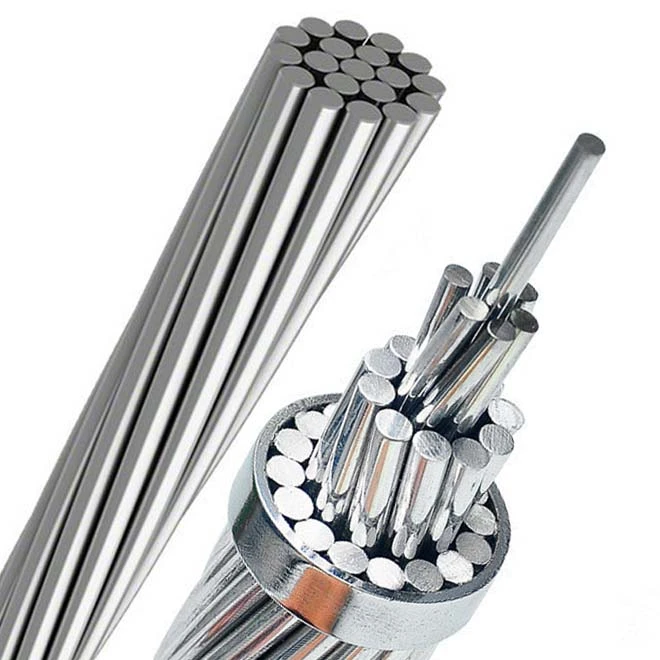
热性能
铝具有出色的导热性,可有效散热。导体铝的这一特性使其适用于涉及高温或重电气负载的应用。铝的卓越导热性能有助于防止过热,确保电气系统的使用寿命。相比之下,其他材料可能需要额外的冷却措施或绝缘材料才能达到类似的热稳定性。铝 5000 系列铝合金 也广泛应用于自动化行业。
环境因素
对可持续发展和环境影响的关注已变得越来越重要。导体铝具有多项环保优势。首先,铝在地壳中含量丰富,是一种可持续资源。此外,铝还具有很高的可回收性,可以节约资源,减少浪费。在电气系统中使用导体铝符合推广绿色能源和减少碳足迹的目标。
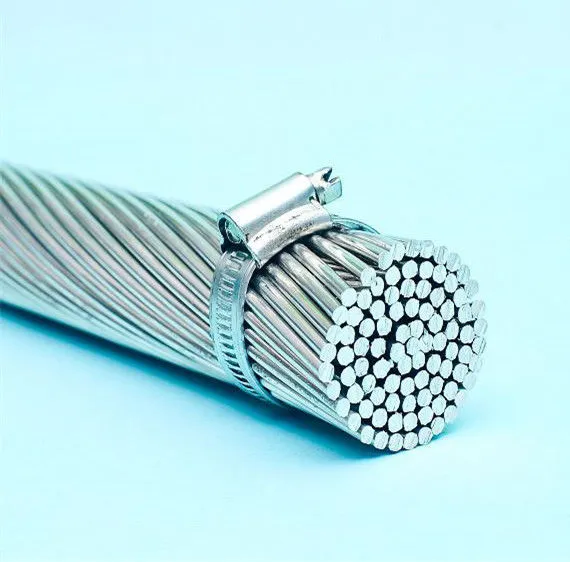
应用 指挥 铝质
铝导体广泛应用于输配电网络。由于重量轻、成本效益高,铝导体通常用于架空输电线和变电站。铝导体还可用于太阳能和风能等可再生能源系统,以有效传输所产生的电力。此外,导体铝还可应用于对减重至关重要的航空航天和运输行业。
挑战与局限
虽然铝导体具有众多优点,但也面临一些挑战和限制。由于铝的机械强度较低,铝导体的连接可能比铜导体更复杂。安装时必须特别小心,以确保连接安全可靠。此外,铝导体与其他材料连接时可能会出现兼容性问题,需要采用适当的绝缘和连接技术。只要设计、安装和维护得当,这些难题都能迎刃而解。
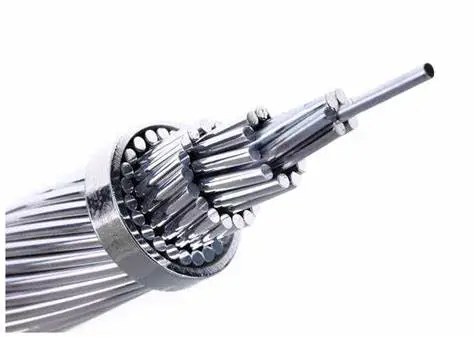
摘要
铝已成为铜等传统导体的实用替代品。铝的特性包括导电性、经济性、抗腐蚀性、热效率和生态性,因此铝导体是一种极具吸引力的选择。虽然铝导体确实存在一些障碍和限制,但通过采用适当的工程和安装方法,这些障碍和限制是可以克服的。随着全球对可持续和有效解决方案的不断追求,铝导体将在电气系统的发展中占据重要地位。它们将促进可靠的电力传输和分配,同时提高成本效益并促进环境的可持续发展。
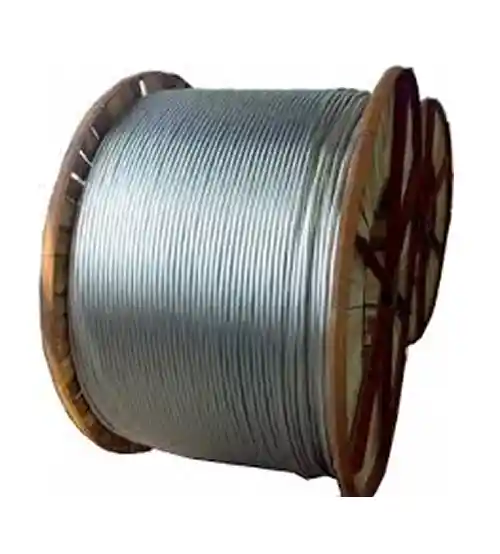
常见问题
C铝箔是否可用作电导体?
是的,铝箔可以导电。事实上,由于其原子结构中存在自由电子,铝箔被认为是一种良好的导电体.当在铝箔上施加电位差时,自由电子会随着电场开始移动。电子的这种运动会在铝箔上产生电流。不过,需要注意的是,铝箔的导电率比铜低。因此,如果您打算使用铝箔作为导体材料,您所需要的导线尺寸大约要比铜线大三分之一。
W铝为何用于电气工程?
多年来,几乎所有电气工程领域都将铝用作导体材料。除纯铝外,铝的几种合金也是出色的导体,它们兼具结构强度和相当不错的导电性。铝在电气行业的应用无处不在。电机是用铝绕制的,高压线是用铝制造的,而从电源线到你家断路器箱的落差也可能是铝。这种材料比铜轻(密度约为铜的三分之一),因此更容易处理,价格也更便宜。另一个优点是它的价格不会像铜那样大幅波动。20 世纪 60 年代和 70 年代,全球铜价急剧上涨。这导致在许多情况下,以前使用铜的地方现在也开始使用铝。在一些应用中,如家用电线和变压器箔绕组,铝被证明不如最初所希望的那么合适,因此在 20 世纪 90 年代后期,在一定程度上出现了回归铜的趋势,而铝的使用往往仅限于那些明显优于铜的应用。


